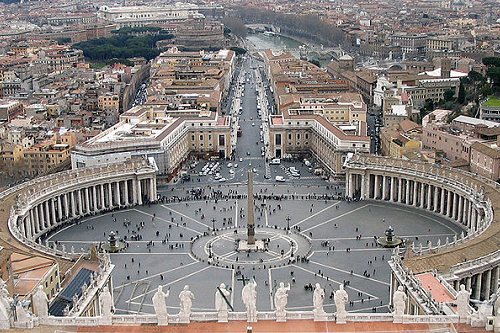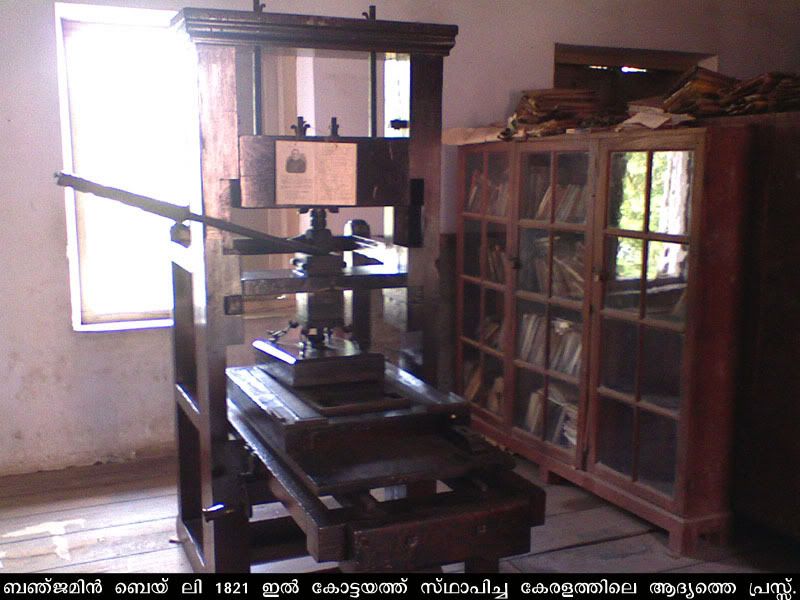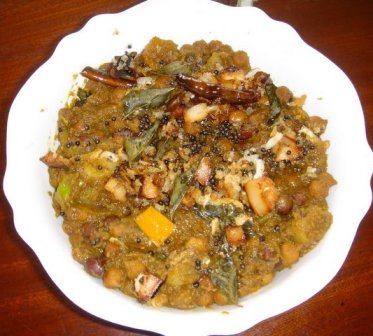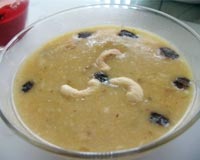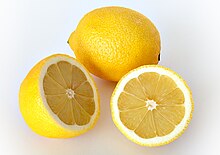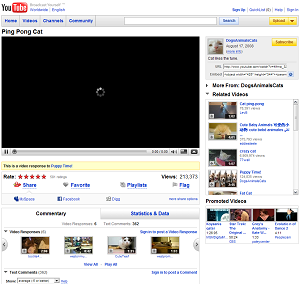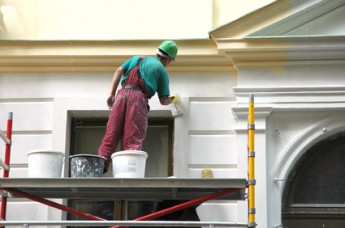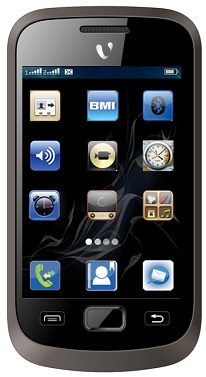Method-2
1. Select the right image
1.Open an image that doesn't have a lot of rough textures, because like with the other techniques the results are not going to be that good.Duplicate this background layer by clicking on its icon in the layers palette and while holding the mouse button, drag and drop it on the Create a New Layer icon .
First press Ctrl + D (Command + D on the Mac) to change the foreground color to black:
........................................................
2. Apply High Pass Filter
Select in the menu: Filter / Other / High Pass Select a very small radius. The radius depends on the size of the image. In my example I've chosen a radius of only 0.3 pixels.Just make sure that you don't use too much radius
3. Apply Note Paper filter
Select in the menu: Filter / Sketch / Note Paper... Use the following values:- Image Blance: 25 (depends on the image, experiment)
- Graininess: 0
- Relief: 0
4. Convert gray lines to black
In our previous step the lines are not black but some shade of gray. We can change this by adding a threshold correction. Select in the menu: Image / Adjustments / Threshold...Move the slider to the right until you see a black & white drawing of the image. In my example a Threshold Level of 180 was enough.
Go to the tool bar and select the Pencil Tool
Now remove some a the few distracting pixels by clicking on them with the pencil tool. Make sure that you zoom in and that you use a small sized pencil.
Metod-3
Step 1.Open up the photo that you wish to change into a drawing.
Step 2.
Duplicate the image in the layers pallette.
Step 3.
With the new layer selected you need to desaturate the image. To do this go to Image > adjustments > desaturate. Or choose Shift Apple U / Shift Ctrl U.
Step 4.
Duplicate this modified layer. You should now have a colour background layer and 2 desaturated layers above.
Step 5.
Select the top layer and invert the image. To do this go to Image > Adjustments and choose Invert or press Ctrl I / Apple I.
Step 6.
With the top layer still selected (the inverted layer) choose ‘Colour Dodge’ from the layers pallete drop down menu. (This will make most of the image turn white)
Step 7.
We now need to apply a guassian blur to the newly white layer to allow parts of the layer underneath to show through. Select the top layer and choose Filter > Blur > Guassian Blur.
Step 8.
Move the slider up and down to find what level suits your picture. The setting for this is often somewhere between 1 and 3 but will depend on how complex your original image is.
Step 9.
To tidy up the image use the Dodge and Burn tools to clean up the image. The Dodge tool will lighten the pencil marks, the burn tool darken them.
METHOD-4
On a flattened copy of an image...
Filter>Blur>Smart Blur
* radius 20
* threshold=25
* quality=high
* mode=edge only
OK this. Then go to
Image (or it might be Edit) > Adjustments > Invert
And there it is! You can select different parameters of course and play with the many other filters in the program, combining several if desired.
METHOD-5
Yes you can do this directly. Convert the image to grayscale and then
choose filter>stylize>find edges. The effect is very dramatic. This
procedure works particularly well where the image contains strong lines, as
in architectural photos.
METHOD-6
Another way, depending on image:-
open image;
layer>duplicate layer;
desaturate (ctrl+shift+U);
layer>duplicate layer;
invert (ctrl+I);
change blending mode to colour dodge.
Should now have an all white screen/image.
Normal next is gaussian blur, varying the slider to get the best effect, but a lot of other filters can be used, have a play.
METHOD-7
Open your image, make a duplicate layer (in case something goes wrong)
Filter / Blur / Smart Blur, for the Mode, select Edges Only. Adjust the settings to your needs
Image / Adjust / Invert
METHOD-8
This works well for me:
auto tone,
auto contrast,
adjustment shadow/highlight (35% shadow)
filter sharpen and filter sharpen edges,
filter, artistic poster edges (edge thickness, intensity and posterization all 2)
mode grayscale,
adjustments brightness contrast - brightness 150 contrast 100 (or to your taste)
METHOD-9
5. Now right-click on topmost layer and Click on Merge Down. There will only be two layers left. Select the top layer and change its blending mode to Luminosity. You're done.















